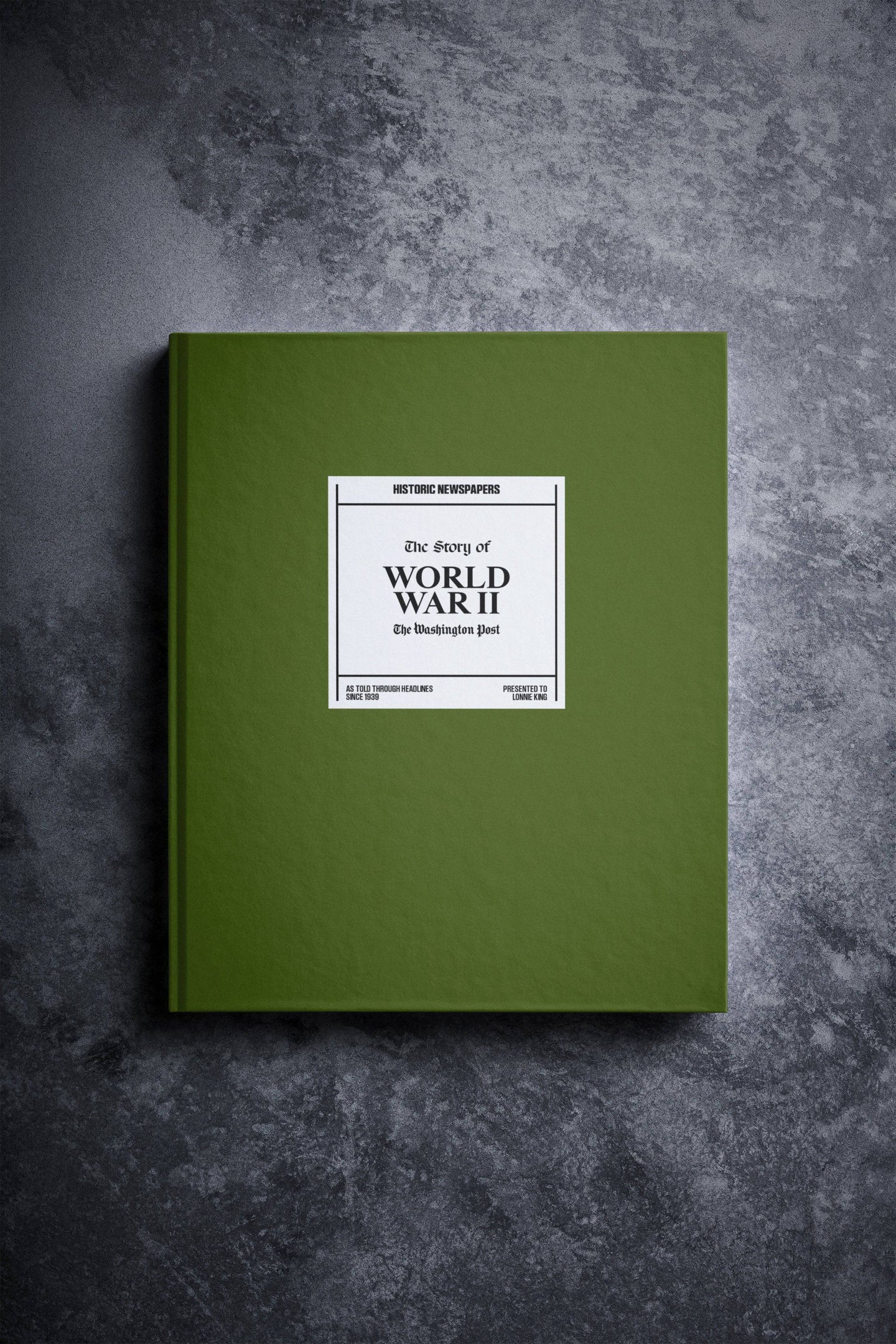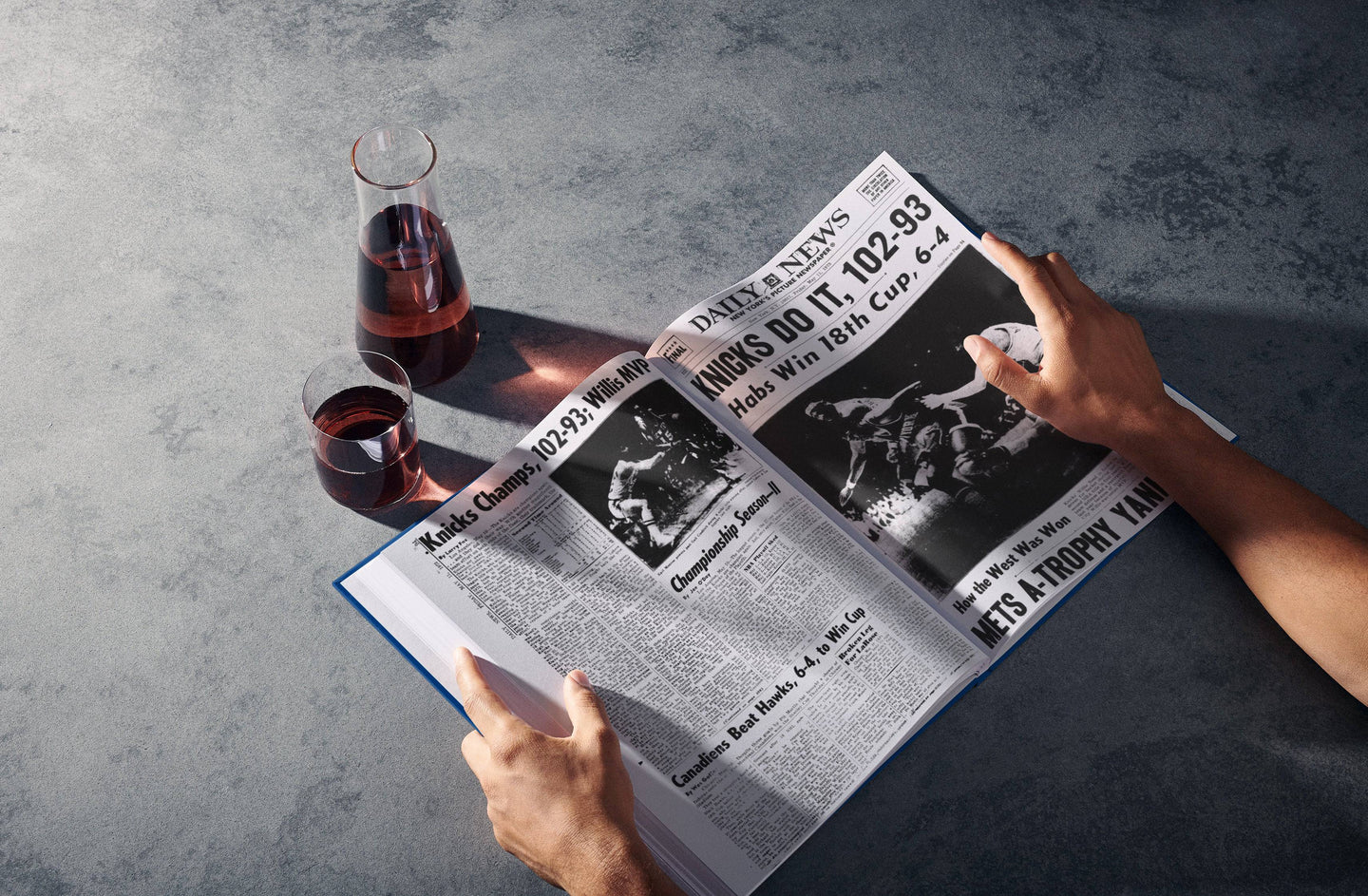August 8 – 9, 2019 marked 50 years since the Tate Murders. Revisiting newspapers that captured the event in harrowing detail, we’ve compiled quotes from stories at the time to give an accurate account of how the murders were initially reported.
Pinpointing the key moments of the shocking, gruesome nature of the crime, we examine the murders as portrayed by the media and the foreboding mystery surrounding the tragedy around one of the defining 1969 events.
Turn the page to:
- The Tate Murders and Newspaper Coverage
- Police and Witness Statements
- The Manson Family
- Original Tate Murders Newspaper Articles
The Tate Murders and Newspaper Coverage
How the headlines portray the Tate Murders is gruesome. Details, like the grotesque descriptions of how the bodies were mutilated, are vividly depicted, perhaps to expose the heinous nature of the crime. When reading the article today, the events feel even more brutal and ghastly.
The quotes featured are from The People and The Sunday Mirror, dated Sunday, August 10th 1969. A British tabloid Sunday newspaper founded in 1881, The People is now known as The Sunday People.

“Beautiful film star Sharon Tate was found murdered here today – the victim of a horrifying ritual massacre.” – Malcolm Keogh, The Sunday Mirror, August 10th, 1969.
“Sharon, 26, who sometimes called herself “sexy little me,” died with another woman and three men at her £83,000 Hollywood home,” he continues, “Sharon who was eight months pregnant, was the wife of 36-year-old Roman Polanski, the Polish-born film director, who is away filming in Europe.”
Continued: “Both he and Sharon have film associations with the occult. He made the controversial films Rosemary’s Baby (1968), in which a girl is raped by the devil.”

All other quotes taken from The People:
“FILM STAR Sharon Tate was found hanging and shot dead with four other murdered people yesterday in a “ritualistic” scene of horror at a blood-spattered Hollywood mansion.”
“Police described the house as “like a battlefield.” And certainly it was more a macabre sight than those brought to the screen by the actress’s film director husband, “master of suspense” Roman Polanksi.”, The People continue, in an almost sinister mention of Polanski’s former film credits.
The reporter continues to not hold back on the grim details: “The red-haired, 26-year-old star, clad only in a bikini, was hanging by a white nylon rope looped over a beam in the ceiling of a room. And hanging on the other end of the rope was the black-hooded body of her former fiancée Jay Serbing…”
“Outside, in the grounds of the £83,000 hilltop mansion in Bel Air, California, lay the body of 26-year-old American coffee heiress Abigail Folger, wearing a nightdress. Next to her on the lawn was the body of 19-year-old Polish-born Voyteck Frykowski.”
“The body of another murdered man lay slumped in a car parked in the drive.” But his identity was unknown. Menacing and final: “The word “Pig” was scrawled across the front door – in blood.”
Folger and Frykowski were introduced to Serbing through Tate and Polankski in the summer of 1968. Serbing had been Tate’s hair stylist years prior and kept a working relationship with Tate post-split from 1966, the same year Tate met and worked for Roman Polanski on The Fearless Vampire Killers (1967).
“Police who raced to the house of death found William Garretson, a 19-year-old, long-haired houseboy, asleep in a guest-house in the grounds. He was arrested without offering resistance and taken, shirtless, to police headquarters. After being questioned for five hours he was charged with murder on five accounts.”
Police and Witness Statements
The accounts, though problematic in tone and approach, are first-hand, original statements from reporters, police and witnesses on the scene, the first from Winifred Chapman, the housekeeper employed by Roman Polanski and his wife and victim Sharon Tate.
Chapman arrived early the morning after the tragedy: “The maid ran screaming to a neighbour, who telephoned the police and said: “You’d better get a car over here right away. There’s a body lying on the front lawn and blood all over the place…”, ending with: “…It looks like a bad one.” Chapman was aghast in horror, with no statement at the time.
A police officer present at the “hanging” of Miss Tate explained the crime “seemed kind of ritualistic.” Polanksi and Miss Tate were expecting a baby in two months’ time – undoubtedly revealing the most disturbing manifestation of the Tate Murders.
Though there were rumours in Hollywood gossiping about Polanski and Tate’s marriage being on the rocks, Mr Guido Coen, head of Twickenham film studios commented that Polanski was looking forward to the birth of his wife’s baby: “I saw Roman just three weeks ago at Twickenham,” he said, “He said to me: ‘In two months I shall be a father.’”

Image: Lily Laurent, ‘Sharon Tate & Roman Polanski 1968’, October 9, 2017
Sergeant Stanley Klorman explained that there were signs of struggle in a large room and in a guest room, “It looked like a battlefield up there,” he begins, “In all my years, I have never seen anything like this before.”, he adds.
Police statements appear dumbfounded. Their responses to the crime echo the mysterious and “ritual” like slaughter. “All five victims, apparently dead for 12 hours, had been shot. Some of their bodies were mutilated.” How was law enforcement so quick to charge the only witness on the scene for the murders when overlooked details point toward multiple culprits?
“Electricity and telephone lines to the house had been cut.”, however, neighbours commented that Roman Polanski, who was in Europe at the time of the tragedy, had telephoned his wife every day.
The act implies more than one suspect must have taken part in the acts inside and outside the house, from cutting the wire to the gravity of the slaughter inside the house itself. This premise was not yet entertained with Garretson already having been charged.
The Manson Family
A desert commune and cult, the Manson Family formed in the late 1960s in California, led by Charles Manson. The group consisted of 100 followers, loyal to their founder and all of whom lived uncommon lifestyles.
The followers, many of whom were of middle-class backgrounds, were drawn to the hippie culture and communal living of “The Family”, including those who had been recruited and radicalised by Manson’s teachings and habitual uses of hallucinogenic drugs.

Charles Manson
Many of Manson’s followers were impressionable young women and girls who believed Manson’s claims that he was a manifestation of Jesus and his prophecies of an impending race war.
Manson himself was already acquainted to a life of petty crime and theft, having spent a considerable amount of his early adult life in and out of prison from 1951. Upon his release from prison in 1967, the Manson family moved to a deserted ranch in the San Fernando Valley. Their nesting ground was just a short car journey away from the Beverly Hills scene upon which Manson and five others would forever leave their grizzly mark on history with the Tate Murders.
However, it would be a lengthy period of purgatory for Garretson before the Manson Family would be held accountable for the murder of Sharon Tate and four other unfortunate victims.
Headlines at the time had already claimed their killer, William Garretson, despite the ritualistic slaughterhouse scene, had acted alone.
Original Tate Murders Newspaper Articles
The People headline quoted above is not the only Charles Manson newspaper available on the event. The Historic Newspapers archive holds a rare 1969 newspaper edition and other newspapers articles on Charles Manson and the Manson family years after the tragedy. For more information, please contact our research team at the following address: research@historic-newspapers.co.uk.
It would soon become evident that police had branded the wrong killer. Charles “Tex” Watson, Susan Atkins, Linda Kasabian and Patricia Krenwinkel, under the orders of their leader, Charles Manson, were sent to the home on Cielo Drive to get money from the people who lived there and kill them.
Disappointed in how the murders were carried out, Manson took the lives of two more victims just two days later. The following crime was referred to as “The LaBianca Murders”. Manson wanted to show his followers “how it’s done”. The act would ultimately lead to the Manson Family’s capture and arrest.


























Follow us